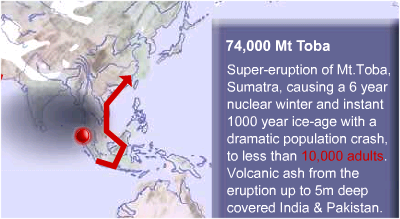In August or September of 480 BCE, the 38 year old Xerxes, the Zoroastrian king of the Achaemenid Empire, set off to wage a war against the Greeks.There were two famous battles, The Battle of Thermopylae — immortalized by movies like 300 and novels like Gates of Fire — and The Battle of Plataea where the Greeks took revenge. Less known is the fact that people from the Indian subcontinent participated in both the battles.
Cyrus (576 – 530 BCE) expanded the Achaemenid Empire from Egypt to the Indus. The region called Paropamisadae (Hindu-Kush, Kabul, Bagram) was under Achaemenid control since the time of Darius I (522 – 486 BCE). The Persians called this region India. Darius built a palace in Susa in Elam and according to a text he got sisoo-timber and ivory from Gandhara. Also the ivory came from India.
The 20th satrapy was India and it paid the largest tribute — 360 talents of gold dust — even more than Babylon. The primary source regarding Indians of this era is Herodotus; according to Herodotus, the Indians spoke many languages and some of them were nomads. Also some Indians were cannibals, had black semen and had gold-digging ants. So the “first” historian’s statements have to be taken with a pinch of sodium chloride. This 20th satrapy was located at the junction of a road network connecting Central Asia, West Asia and Kashmir. While invaders, art, and languages came into India via this route, Indian soldiers also went West as mercenaries.
In 490 BCE, Darius I tried to subdue Greece in the Battle of Marathon, but was routed. Following Darius’ death in 486 BCE, his son Xerxes decided to take revenge. The line of defence was the pass of Thermopylae. Sparta sent only a token elite force under the leadership of one of its two kings – Leonidas. Their allies too stayed back, citing various reasons. It was like the scene in India when Alexander arrived around 200 years later.
According to Herodotus, 1,700,000 Persian troops and 1200 warships arrived for the war against the Greek Coalition of the Willing. The Indians wore clothes made of cotton and carried reed bows and arrows of reed with iron heads. They were under the command of Pharnazathres who was the son of Artabates. There were Indian cavalrymen as well as those who rode horses and chariots pulled by horses and asses.
Following the famous Spartan defeat at Thermopylae, there were naval battles at Artemisium and Salamis which was followed by the decisive Battle of Plataea. In this battle, the Spartans were not alone: Athens, Corinth, and Megara joined the alliance of states. Herodotus mentions that around 110,000 Persian troops from various countries were deployed near the Asopus River. There is a brief mention of where the Indians stood relative to the other troops and nothing more.
In this battle fought near Thebes, the Persian infantry was defeated and expelled from the Greece. The leading Persian commander Mardonius was killed. We mostly read the Western interpretation of these wars. For these historians, the Battle of Thermopylae, where 300 Spartans, 700 Thespians and 400 Thebans were killed, represents patriotism while the Battle of Plataea shows how a defeated force can come together and rout a superpower. Unfortunately we don’t have any Indian accounts of these battles.
References:
- Paul Cartledge, Thermopylae: The Battle That Changed the World (Vintage, 2007).
- Robert B. Strassler,The Landmark Herodotus: The Histories Reprint. (Anchor, 2009).







